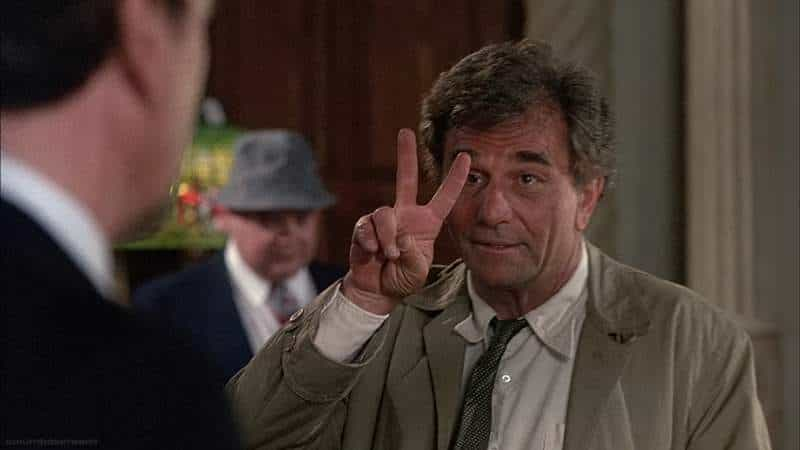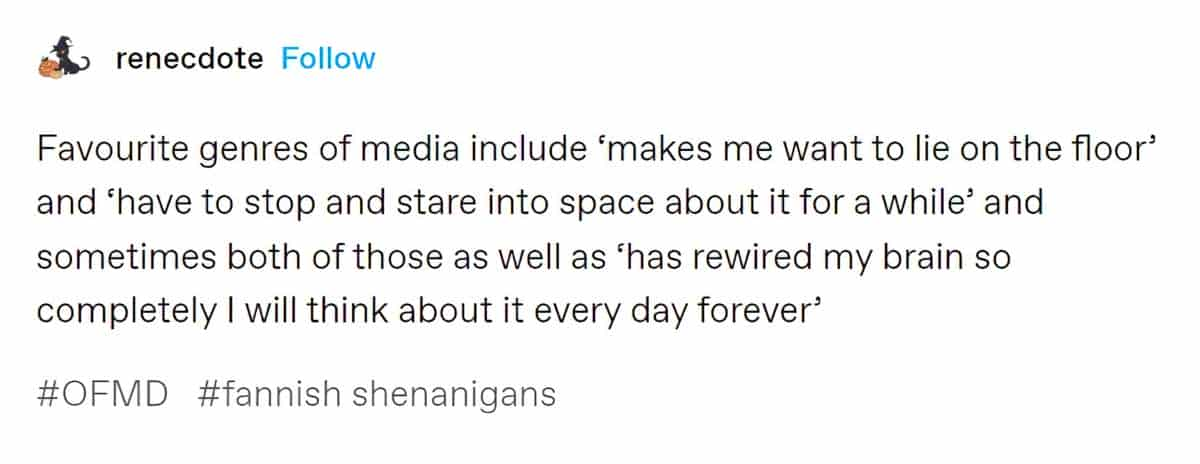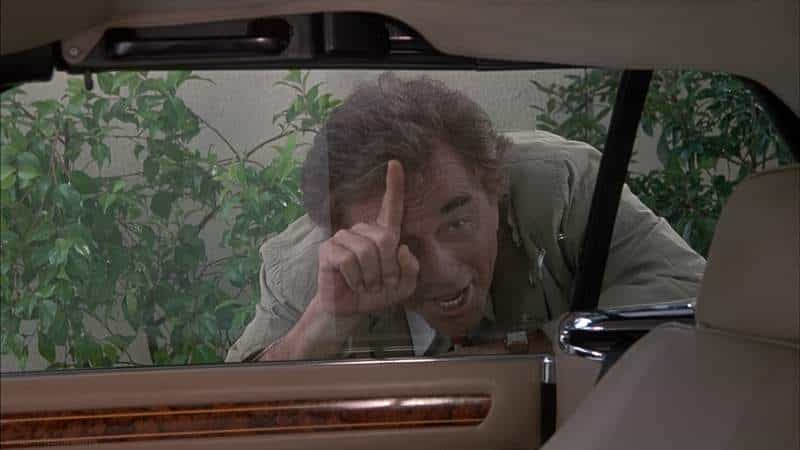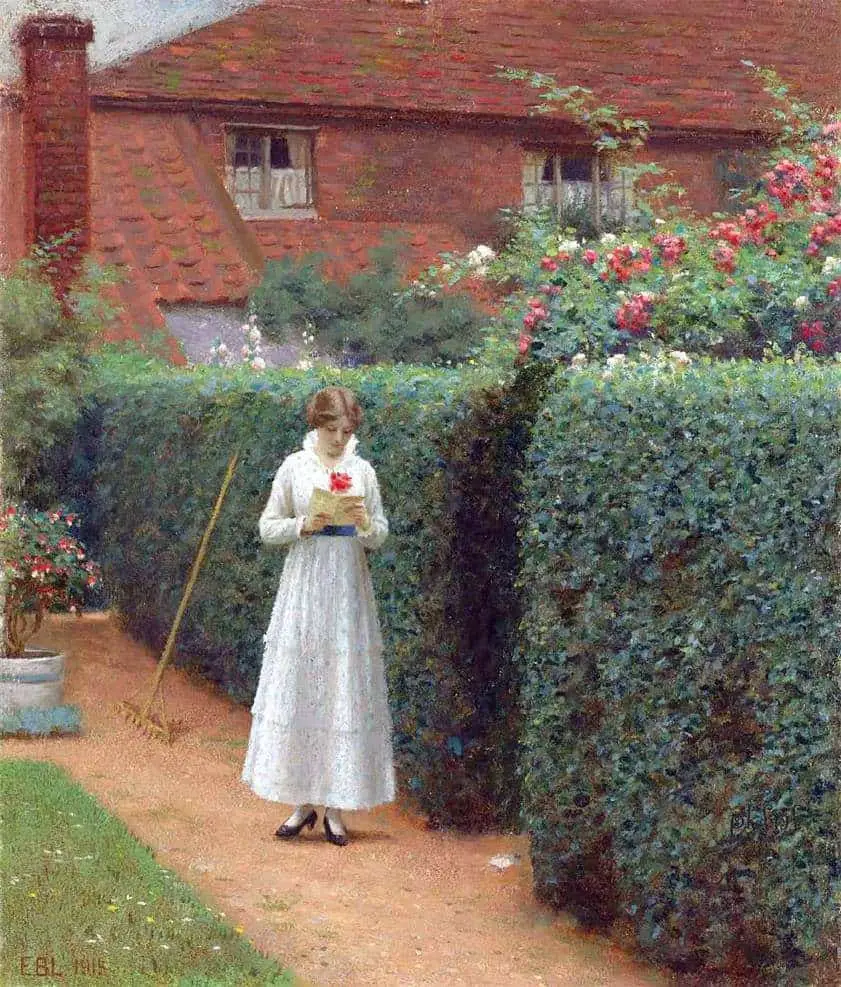Length aside, short stories are not like other works. There is something just… different about them. This difference is not about length; it’s about function. However, some stories function no differently from a novel. They’re simply… shorter.
This post is an exploration of the qualitative differences between what we might call The Literary Short Story compared to short narratives enjoyed by a wider audience — we might call it The Genre Short Story, with no hierarchy between the two and no value judgement whatsoever. The Genre Short Story has a function equivalent to a novel. Two types.

Some commentators use the words ‘Plotted’ and ‘Planned’ to describe the difference. Others say ‘Lyrical’ and ‘Genre’.
We might simplify it even further and say ‘Stories That Are Over When They’re Over’ versus ‘Stories That Really Make You Think’.

None of this is binary. Stories exist on a spectrum. Individual results will vary.
PLOTTED/PLOTTY/PLOT DRIVEN
The sequence of events is crucial in some genres. In mystery, for instance, the writer drops clues. The order of events is crucial in building the mystery and creating suspense.
e.g. Stephen King writes plotted short stories. In horror, the sequence of events is crucial in order to build fear in the reader.
In the plot-driven story, the narrative must have a satisfying conclusion. In these stories, too there is an illuminating moment, an epiphany, but unlike in the image-based, lyrical short story, the epiphany happens due to external happenings rather than inner, psychological conflict within a character.
Michael Chabon, editor of McSweeney’s Mammoth Treasure of Thrilling Tales, calls Stephen King ‘the Last Master of the Plotted Short Story’.
Here’s what King himself says on that same issue:
Plot is, I think, the good writer’s last resort and the dullard’s first choice.
Stephen King
The short stories you find in popular weekly women’s magazines will also be of this kind. They have more in common with the folktale than with the contemporary short story as described below. Readers of plotted short stories will appreciate a tightly plotted narrative, expect suspense techniques in the writing (reveals and reversals) and will appreciate a strong ending, for instance a twist, or at least a big surprise.
These stories also have tall tales and gothic stories (e.g. Dickens and Hardy) as ancestors.
LITERARY/PLOTLESS/IMAGE BASED/LYRICAL SHORT STORIES
These stories are based on imagery rather than events and paved the way for modernist writers (early 20th century). For that reason, we could call them Image Based Stories.
Joyce Carol Oates has said that these short stories function like dreams, which are also imagistic. Oates has said that a short story is like a verbalised dream arranged in space. The dream says something meaningful about our deeper desires. Therefore, like a dream, the image based short story is all about deep desires. If you’ve brushed against Freud, you’ll understand that this is Freudian. Freud theorised in 1900 that dreams are manifestations of repressed desires.
Others call them Lyrical Stories. Characters have a general plan, but not a plot in the sense that genre fiction requires certain scenes before the story is done. These stories concentrate on the inner mood of characters, and their subjective impressions rather than on external events.
Lyrical stories can be very short or very long — this lyrical quality is independent of word count. It’s just that lyrical stories have a natural home in the short format.
Early writers of lyrical stories distrusted heavily plotted stories for a variety of reasons:
- The classic story shape with its satisfying ending is indeed satisfying… but real life doesn’t work like that. There are many different ‘endings’ to any given event.
- Plotted stories rely on a ready-made and facile identification of cause and effect. In fact, they rely on the reader’s cognitive bias to attribute an effect to an earlier presented event. In real life, that’s not how causality works. Stories can serve the function of challenging this cognitive bias.
- When a story has a ‘strong’ ending, the reader is left with a falsely delineated sense of a finish, when in fact the character will go on with their life. No short story can actually achieve something finished, absolute and wholly understood. There will always be questions. Why not leave the reader with more questions than answers?
- Continuing with the dream/short story analogy, any epiphany/self-revelation/anagnorisis may simply involve surfacing a deeper desire, if only for a fleeting moment. In 1983, Valerie Shaw published The Short Story: An Introduction. In that book Shaw said that a lyrical short story brings ‘the character to full consciousness for the first time in his life’.
A BRIEF HISTORY OF THE LYRICAL SHORT STORY
Why did these stories come about? We need to look at the historical milieu. Darwin comes in here. When Darwin shared his Big Idea, he knew the effect it would have on people. This is why he was so nervous about sharing it. Suddenly humans seemed demoted. We didn’t have all the answers after all. Humans now seemed insignificant, no longer the centre of the universe.
How did people cope with this new idea? By retreating inwards and making use of the compensatory powers of imagination.
These short stories are a part of the Impressionist movement. Many are what we might call a ‘psychological sketch’.
FEATURES OF THE PSYCHOLOGICAL SKETCH
- The psychological story is about some kind of major change of feeling, or emotional valence. A character starts off happy and ends in a melancholy mood, say. (“Bliss” by Katherine Mansfield.) Characters tend to have more psychological complexity.
- This change in mood is conveyed via the symbol web and through patterns and images.
- Themes are not stated directly.
- The writer fuses narrator and character through a method of narration known as ‘free indirect style’ or ‘free indirect discourse’. This is where there’s a blurred line between what the narrator is telling us and what’s going on inside a character’s head. This style of narration allows for a more direct and colloquial register.
Before you go, remember…

Whichever words we choose to describe them, these literary, lyrical, image based, plotless stories are similar to photographs. They capture a moment. Events are presented as a montage. The writer plans rather than plots the most appropriate arrangement. Imagery creates the unity between the different pictures/scenes.
e.g. Katherine Mansfield, Virginia Woolf, William Faulkner.

